Rising Energy Costs
The Solar Air Conditioning Market is experiencing a notable surge in demand due to escalating energy costs. As traditional energy prices continue to rise, consumers and businesses are increasingly seeking alternative solutions to mitigate their energy expenses. Solar air conditioning systems, which harness renewable energy, present a cost-effective option for cooling needs. Reports indicate that energy costs have risen by approximately 20% over the past five years, prompting a shift towards solar technologies. This trend is likely to continue, as energy prices are projected to increase further, making solar air conditioning an attractive investment for both residential and commercial sectors.
Increasing Urbanization
The trend of increasing urbanization is significantly influencing the Solar Air Conditioning Market. As urban populations grow, the demand for efficient cooling solutions rises, particularly in densely populated areas where traditional air conditioning systems may be less effective. Solar air conditioning systems offer a sustainable alternative, especially in regions with abundant sunlight. Market analysis indicates that urban areas are projected to account for over 70% of global energy consumption by 2030, highlighting the urgent need for energy-efficient solutions. This urbanization trend is likely to drive the adoption of solar air conditioning systems as cities seek to balance energy demands with sustainability.
Technological Innovations
Technological innovations are transforming the Solar Air Conditioning Market, making systems more efficient and accessible. Advances in solar panel technology, energy storage solutions, and smart controls have enhanced the performance of solar air conditioning systems. For instance, the integration of energy-efficient compressors and inverter technology has improved energy conversion rates, allowing for better cooling with less energy consumption. Market data indicates that the efficiency of solar air conditioning systems has improved by over 30% in recent years, making them a more viable option for consumers. These innovations are expected to drive further adoption and investment in solar air conditioning solutions.
Environmental Sustainability
The growing emphasis on environmental sustainability is a pivotal driver for the Solar Air Conditioning Market. As climate change concerns intensify, there is a collective push towards reducing carbon footprints. Solar air conditioning systems, which utilize renewable energy sources, align with this objective by significantly lowering greenhouse gas emissions compared to conventional systems. Data suggests that solar air conditioning can reduce energy consumption by up to 50%, contributing to a more sustainable future. This alignment with environmental goals is likely to enhance the appeal of solar air conditioning solutions among eco-conscious consumers and businesses.
Government Regulations and Policies
Government regulations and policies play a crucial role in shaping the Solar Air Conditioning Market. Many governments are implementing stringent energy efficiency standards and promoting renewable energy initiatives to combat climate change. Incentives such as tax credits, rebates, and grants for solar installations are becoming increasingly common, encouraging consumers to invest in solar air conditioning systems. Recent data shows that regions with supportive policies have seen a 40% increase in solar air conditioning installations. This regulatory environment is likely to foster growth in the market, as more consumers take advantage of available incentives.


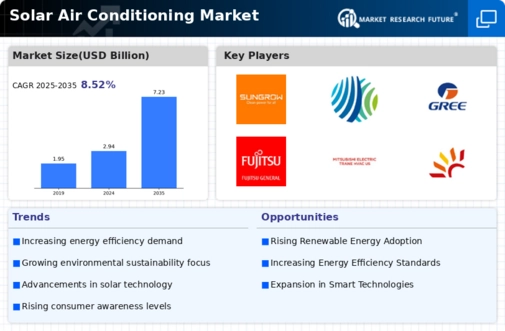
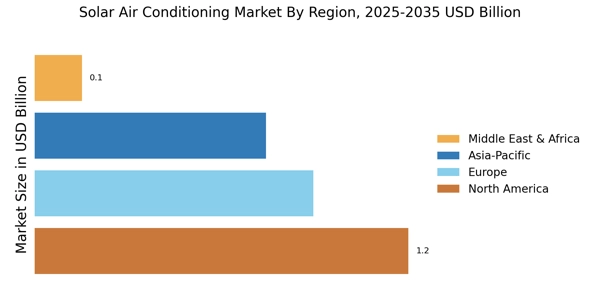
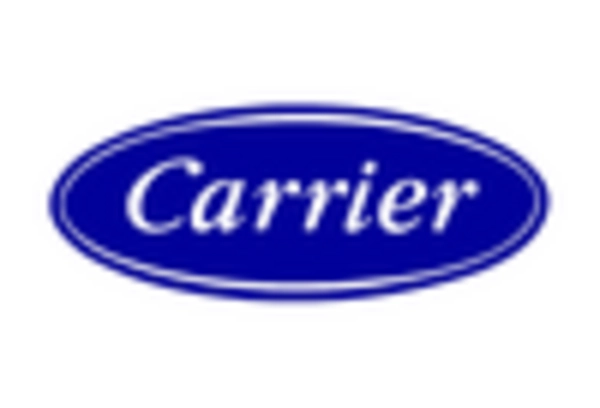
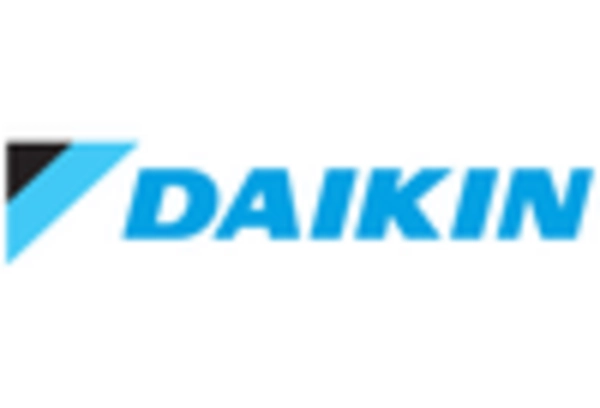
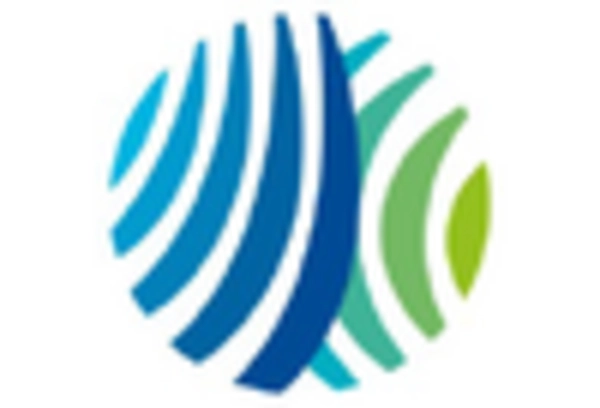


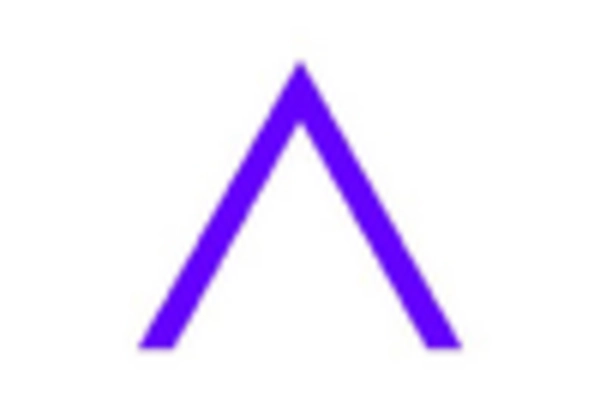








Leave a Comment